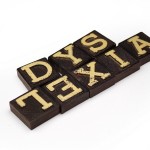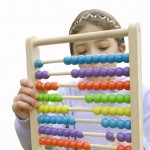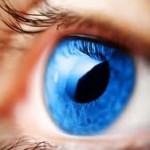WGN TV: Bette Fetter and “Being Visual”
![]() Don’t miss my segment on WGN! I will be featured on the WGN Midday News Tuesday, October 2nd. WGN will highlight my new book, Being Visual, which talks about the importance of art education for all ages.
Don’t miss my segment on WGN! I will be featured on the WGN Midday News Tuesday, October 2nd. WGN will highlight my new book, Being Visual, which talks about the importance of art education for all ages.
![]() Don’t miss my segment on WGN! I will be featured on the WGN Midday News Tuesday, October 2nd. WGN will highlight my new book, Being Visual, which talks about the importance of art education for all ages.
Don’t miss my segment on WGN! I will be featured on the WGN Midday News Tuesday, October 2nd. WGN will highlight my new book, Being Visual, which talks about the importance of art education for all ages.
A few years ago I met Barb, a high school special education teacher. Barb had heard about Young Rembrandts and wondered how her special needs students would respond to our step-by-step method of teaching art. After some conversation about her students’ needs and our philosophy, we agreed to teach a series of four weekly classes. The classes surpassed all of our expectations. The students were fully engaged, successfully completed every drawing and were pleased to have been participants in art class. In Chapter Five of Being Visual, I share details about the initial fears of the teaching assistants, the experiences in the classrooms, our observations and our teaching method.
In my book, Being Visual, I talk a lot about learning styles. When visual people listen to information or read, it helps to have something to look at. So for those of you who are visual and may be tired of reading all this information on what it means to be a visual learner – here’s […]





